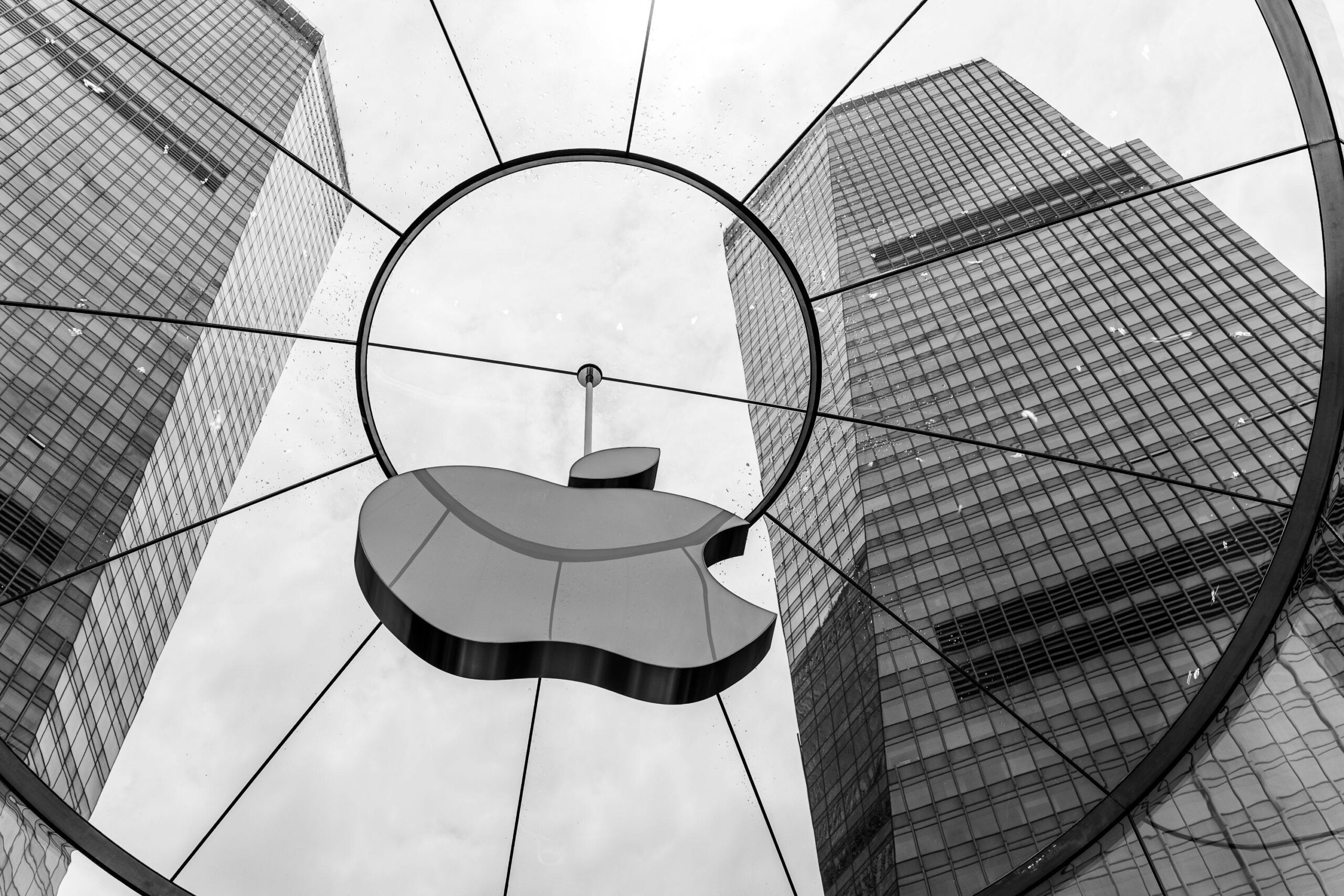This article explores the intriguing relationship between Apple’s design philosophy, minimalism, and its implications as a political statement. The juxtaposition of Apple’s sleek, minimalist aesthetic with the powerful narratives it invokes provides rich ground for discussion. As we delve deeper, we will uncover how design choices reflect broader societal values and political messages.
Understanding Apple’s Design Philosophy
Apple’s design philosophy is deeply rooted in an ethos of simplicity and functionality that prioritizes user experience above all. This approach was shaped by the vision of co-founder Steve Jobs and continued through the Apple Industrial Design Group (IDG). The IDG emphasizes clean lines, intuitive interfaces, and the careful balancing of form and function. Each product embodies minimalism, not merely as an aesthetic choice, but as a radical invitation for users to interact with technology seamlessly. This philosophy influences every facet of Apple’s offerings, creating a holistic ecosystem that is both inviting and profound.
The Emergence of Minimalism
The emergence of minimalism in design, art, and culture arose from a disillusionment with the emotive intensity of Abstract Expressionism. In contrast, minimalism stripped away excess to focus on fundamental qualities. Key figures such as Donald Judd and Agnes Martin championed simplicity, emphasizing form and material over emotional expression. This movement sought clarity and honesty in art, marrying aesthetics to philosophy. As a reaction to post-war consumerism, minimalism advocated for a contemplative experience, ultimately reshaping perceptions of beauty, functionality, and space—principles that would later resonate deeply in technology and design, as seen at Apple.
Minimalism in Technology
Minimalism in technology has reshaped digital design, highlighting functionality over excess. Platforms like Google and Dropbox exemplify this, opting for clean interfaces devoid of clutter. This simplicity not only fosters user engagement but also streamlines functionality.
With fewer distractions, users can focus on essential tasks, enhancing productivity. Tools like Todoist and Trello further embrace minimalism, providing intuitive navigation that empowers users to manage their workflow efficiently. Thus, in the digital realm, minimalism transcends aesthetic preference, emerging as a pivotal design philosophy that promotes clarity and purpose in the user experience.
Apple’s Aesthetic Choices
Apple’s commitment to design simplicity is evident in its intentional color palettes, material choices, and overall aesthetic coherence. The company’s preference for muted tones—like silver, space gray, and soft gold—evokes feelings of elegance and sophistication. This choice, combined with premium materials such as aluminum and glass, reinforces a sense of luxury while promoting durability. Consumers often describe Apple products as “easy to use” and “visually pleasing,” reflecting emotional connections bolstered by the brand’s consistent design ethos. Ultimately, these choices transcend mere functionality, crafting an emotional narrative that aligns with a desire for purity and clarity in a complex world.
Political Dimensions of Minimalism
Minimalism in design often transcends sheer visual appeal; it embodies a political stance against excess and consumerism. This approach critiques societal norms that prioritize accumulation and status through material possessions. By embracing simplicity, designers engage in a subtle yet powerful form of resistance that questions the relentless pursuit of consumption typical in capitalist cultures. Such design choices propose an alternative lifestyle—one that values sustainability, mindfulness, and authentic connections over superficiality. Consequently, minimalism becomes not just an aesthetic but a philosophical statement, urging audiences to reconsider their relationship with objects and the values they represent.
The Apple Brand as a Political Entity
Apple’s brand transcends mere product offerings, positioning itself as a political entity that strategically aligns with progressive societal values. Through its marketing, Apple emphasizes sustainability, privacy rights, and inclusivity, embedding these concepts into its corporate identity. The company leverages minimalist design as a method of articulating these ideals, suggesting a stripped-back authenticity amidst consumption. This branding approach not only attracts a loyal customer base but also invites scrutiny regarding its sincerity. Consequently, while leveraging political rhetoric, Apple navigates a delicate balance, reinforcing its image without fully committing to activism.
Consumer Perception and Response
Apple’s minimalist designs are perceived not only as aesthetic choices but as political statements resonating with consumers’ values. Many buyers interpret this simplicity as a rejection of consumerism, aligning with contemporary movements advocating for sustainability and ethical consumption. Case studies show that products like the iPhone, with their streamlined appearance, represent a cultural shift towards prioritizing utility over excess. Data indicates a preference among younger demographics for brands that communicate social responsibility, revealing that Apple’s design philosophy is at once a statement of identity and a reflection of broader socio-political ecosystems, impacting consumer loyalties profoundly.
The Critique of Minimalism
Critiques of minimalism highlight how this approach often sidelines voices and narratives that do not conform to its streamlined aesthetics. Minimalism, while celebrated for its clean lines and functional beauty, can perpetuate exclusivity by prioritizing a narrow set of values—often those aligned with affluent, Western perspectives. This design philosophy may overlook the richness of cultural diversity, as many marginalized groups express identity through intricate designs and vibrant colors. Critics argue that positioning minimalism as universally appealing or progressive undermines an understanding of the socio-political dimensions embedded within diverse aesthetic traditions, potentially stifling broader dialogues around inclusivity in design.
Future Trends in Design
As we look to the future, minimalism in tech and design is poised for transformation through emerging technologies. Innovations like augmented reality and artificial intelligence may challenge the conventional aesthetics, integrating complexity into minimalist frameworks. This juxtaposition could symbolize a savvy yet approachable user experience, fostering inclusivity rather than exclusivity.
Potential socio-political implications abound; minimalist designs may represent not just user-friendliness, but also a resistance against consumerism. As design evolves, it becomes crucial that it upholds diverse perspectives, ensuring that minimalism serves as a tool for empowerment, rather than an expression of elite values.
Bridging Design and Society
In the interplay between design and societal values, minimalism serves as both a mirror and a catalyst for political discourse. As designers strip away excess, they not only advocate for simplicity but provoke deeper questions regarding consumerism and sustainability. This design philosophy urges individuals to reconsider their choices, as every design decision can reflect a commitment to social responsibility and environmental stewardship.
Moreover, engagement from consumers can reshape designers’ approaches, fostering a dialogue that emphasizes ethical considerations. Through this collaborative lens, minimalism transcends aesthetics, embodying a political statement that champions collective consciousness over individual consumption.
Conclusions
In conclusion, the Apple design paradox demonstrates that minimalism in technology is not solely about aesthetics but also serves as a significant political statement. By adopting a minimalist approach, Apple encodes a narrative of modernity and sophistication that resonates with deeper societal themes. As consumers, understanding these layers enhances our appreciation of design’s role in cultural dialogue.


